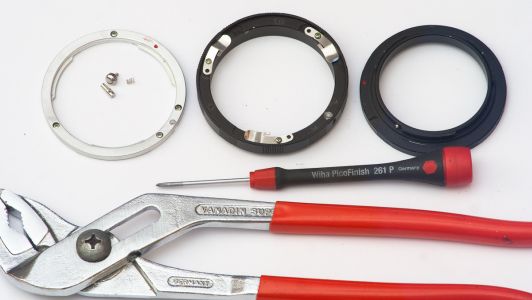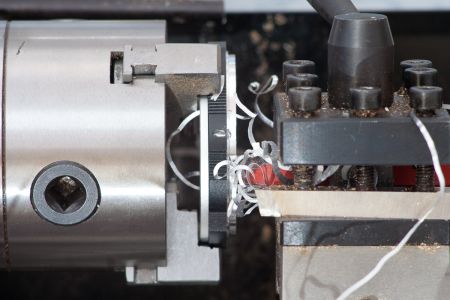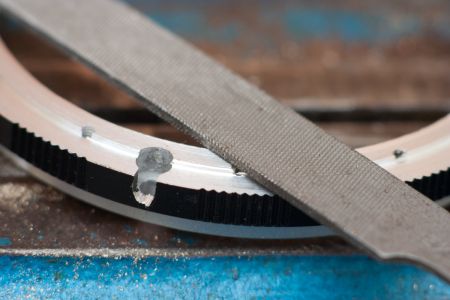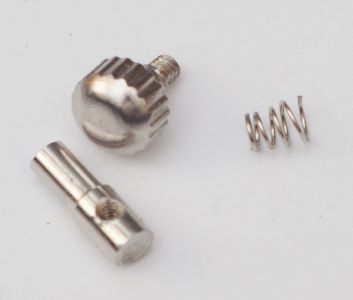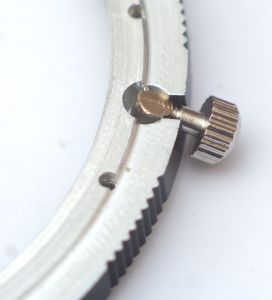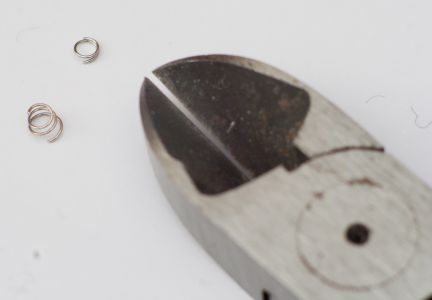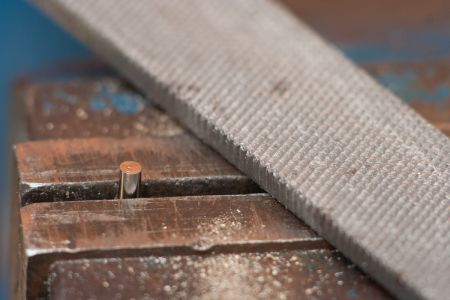For some tasks the normal 12 mm extension tubes are to long, for example with lenses with floating elements shorter tubes are very interessting or for focal lengths of 18-85 mm
Longer lenses work perfect with the normal extension tubes (~12, 20 and 36mm). But for the Canon FD and EF 85 /1.2L and all the 50 mm lenses shorter extension tubes would be sometimes better.
One reason is the smaller gap between the normal minimim object distance and the same with the extension ring, the other reason is, that floating elements for near field correction should work better with the lens near its closest focus setting.
I work most times with full manual lenses, because of that I do not need an automatic extension tubes - no need for the Canon EF electric contacs. So my DIY extension tube is relativly easy made and cheap.
I took a cheap manual extension tube set for ~ 10 Euro. The shortest combination with these rings is 15 mm long - way too long.
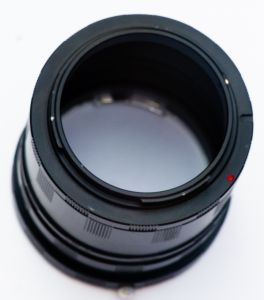
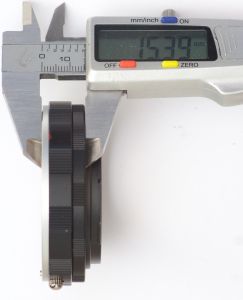
I took the needed parts (front and back EF mount rings, not the extension tubes itself.
The mid part and the camera side mount I shortend with the turing lathe. The slit for the spring loaded pin I have to file a bit longer.
Here the spring loaded pin, and the spring I had to shorten a bit, the pin I had to file a bit shorter.
!! Please take care, that you could "submerge" the pin fully before you attach a lens - otherwise you can not remove it any longer !!
The "submerged pin has to be flat with the mount surface, it should not protrude out of this when you operate it - Danger for your lens!
Now the extension tube is 8 mm long now.
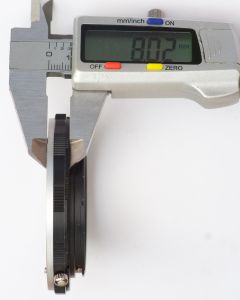

Lets talk about precision of DIY work.
Are tinkerers able to work accurately? Or is all tinker work wobbly?
Up to now the camera mount side is only
pressed togehter, that makes a click , and is firm enough to hold the Canon EF 50/1.4 for a photo - not for work.
To make it usable I
glued this parts together, this time.
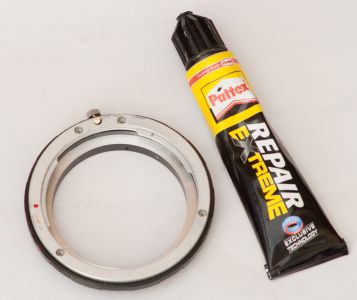
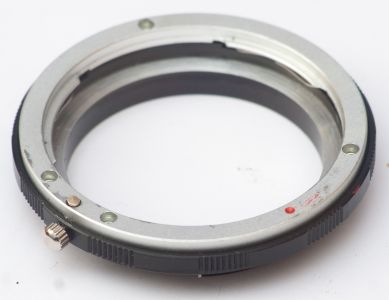
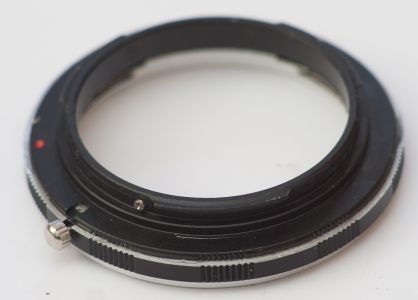
Glueing has sometimes a bad reputation - I do not trust glue as much as screws.
But I tested this glued extension tube with my 2300g Canon FD 300/2.8L on an EOS 500n (plastic mount on the camera).
It is even possible to hold the same lens+tube+camera horizontally, only holding the camera body, not sustaining the lens!
There you have it, gentlemen: Plastic camera mounts and glued parts are rigid enough for most applications - if sufficiently built.
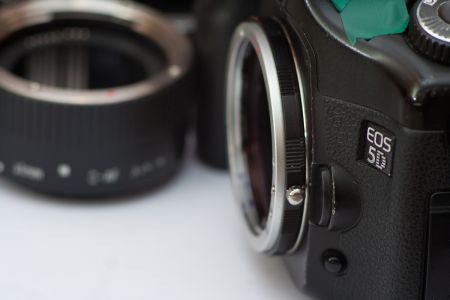
While testing with my EF mount converted Canon FD 85mm/1.2L I detect that the mount on the lens mount of these cheap extension tubes is bad - there was a ~0,5 mm slit between the two mounts!
This was the same with original Canon EF lens and a further untouched cheap manual extension tube.
To make this mount side better, I opend it again, and layed a small piece of an bicycle hose between the right side of this chrome spring part and the EF mount ring.
After screwing the EF mount ring onto the rest, the hose is jamed. After that the tolerance is much better.
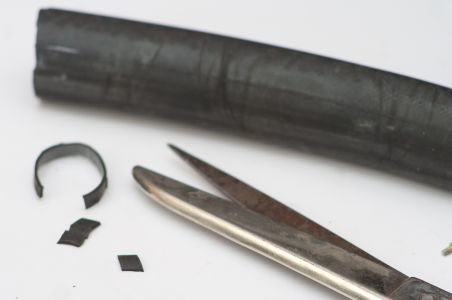
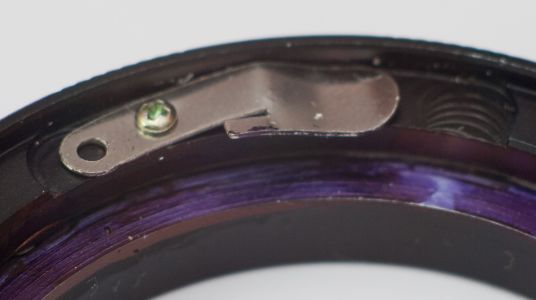
Here an example picture, made with Zeiss 18mmf /4.0 and my 8 mm thin extension tube:

Even shorter - 6mm thin Canon extension tube!
Please visit my Photo tinkerer heaven - or hell :-)
